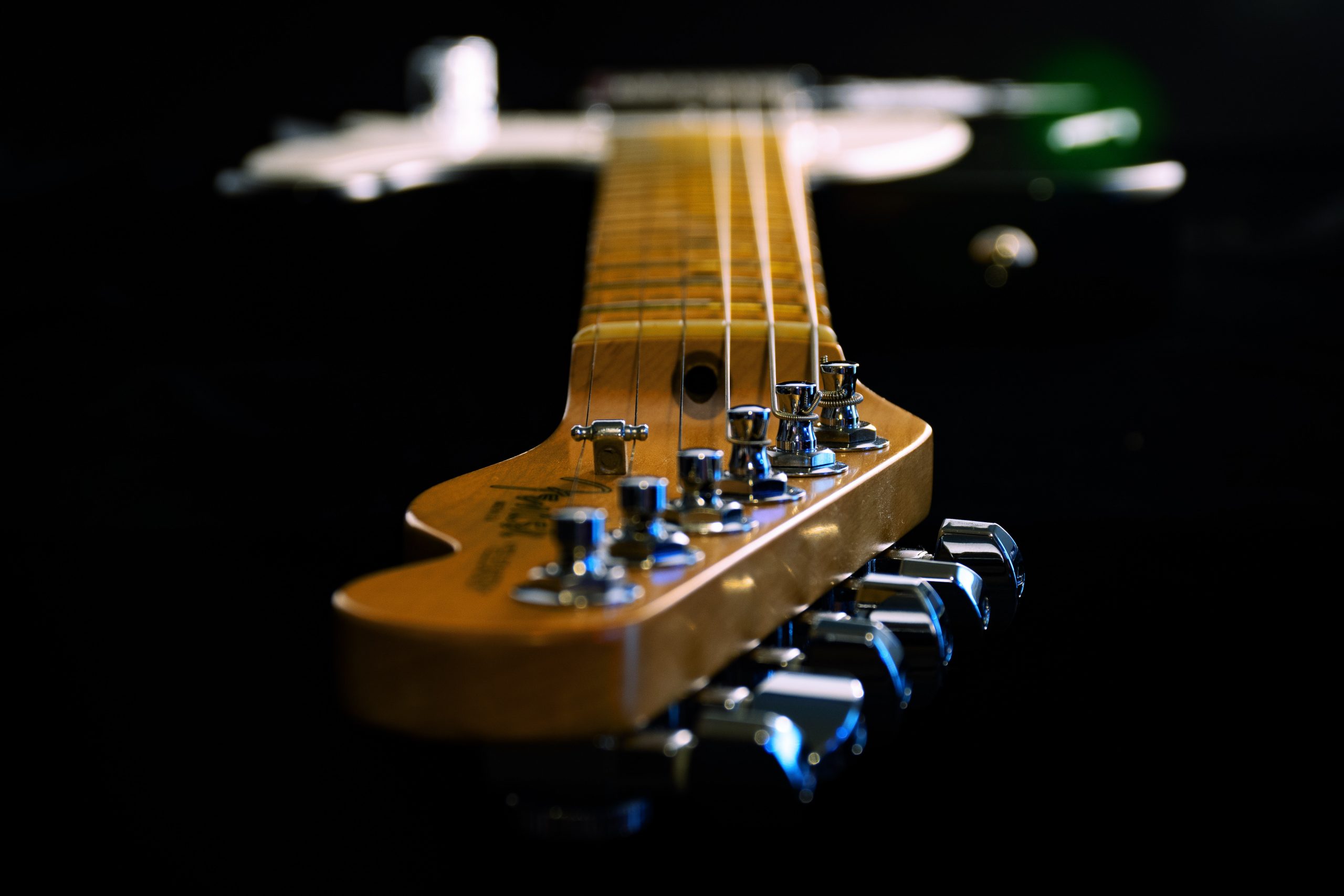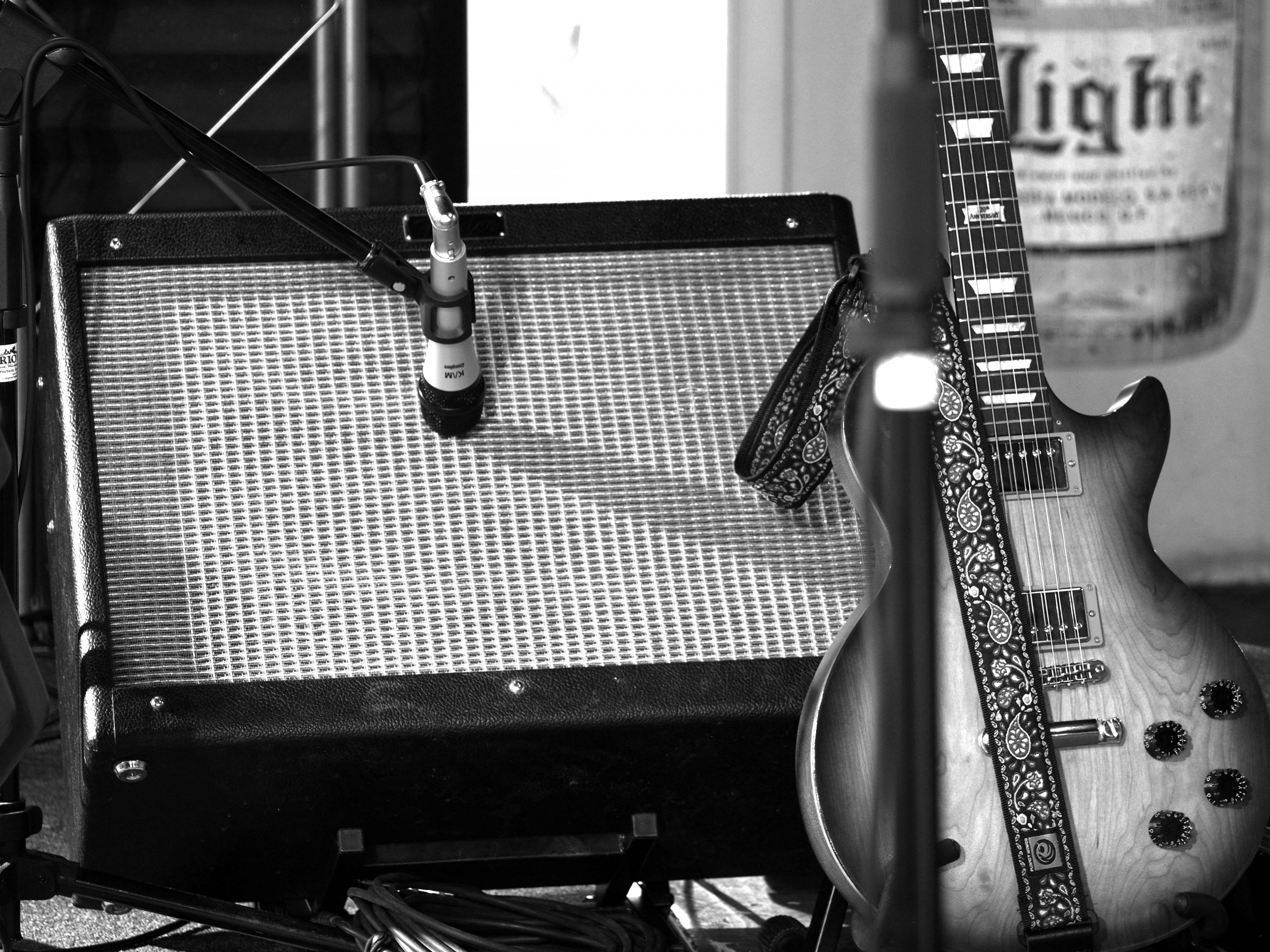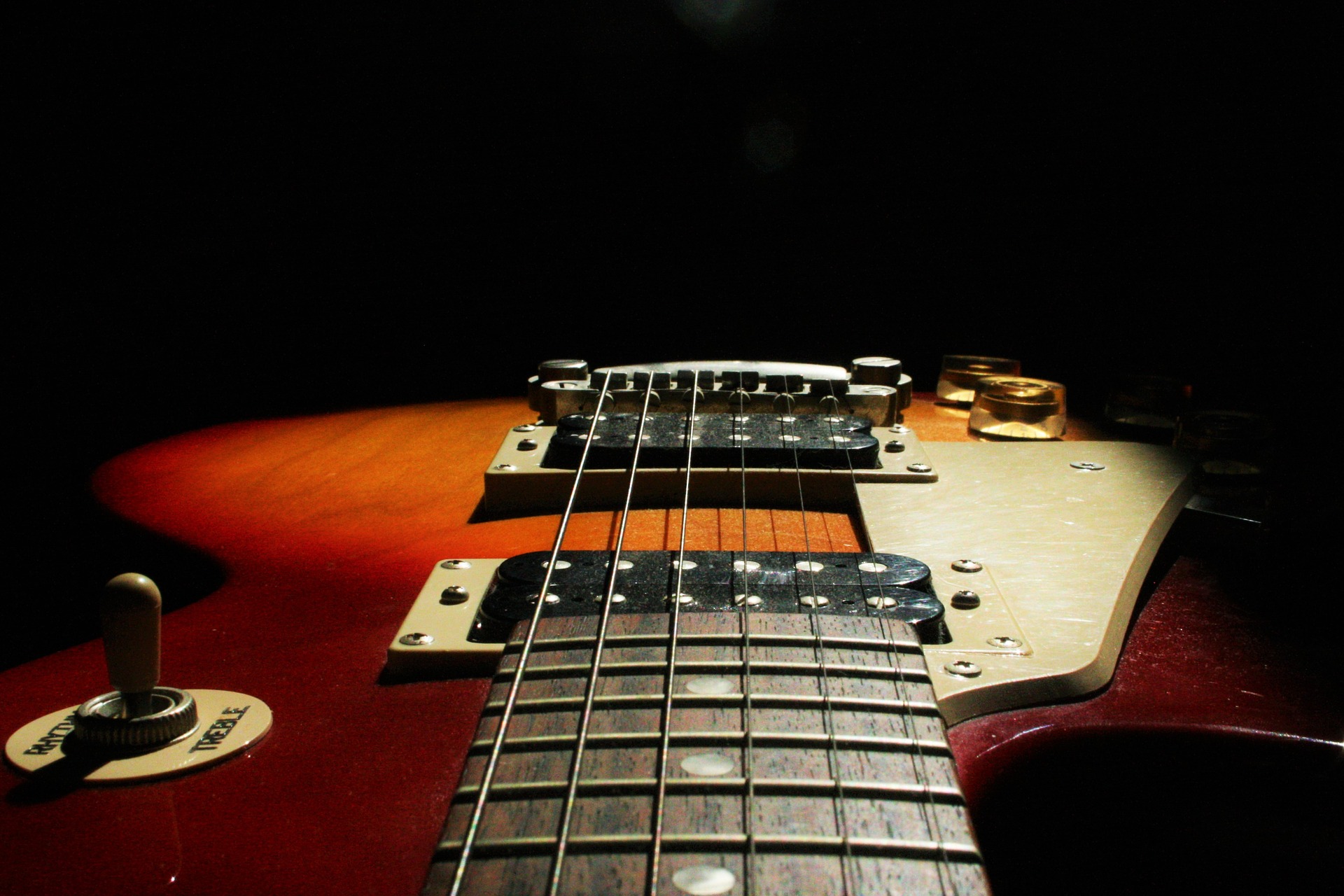If you’re still with me, we’ll dedicate this part to summarizing and consolidating what we’ve learned so far into a usable system that you can implement on the fretboard, rather than worrying about making immense music theory caluclations.
Step 1 – Learn Triads
Triads are one of the few things in music that we can use as building blocks for chords, arpeggios and scales IF we learn their simple formulas. In Parts 6 and 7, we learned the major and minor triads.


I’d like to add two more triads, the diminished and augmented ones, which will be useful for some of the more exotic chords, arpeggios and scales you’ll come across.


Step 2 – Learn Formulas
As we’ve seen, all chords, arpeggios and scales have an interval formula – this is what makes them sound unique – which is what you’re going to use (instead of patterns and shapes) to navigate the neck. It’s very worthwhile in the long-run BUT you’re going to have to suck it up for now and play a whole lot slower; you’ll be glad you did it though.
The way to practice this is firstly to analyze the chords, arpeggios and scales you already know i.e. identify the notes/intervals in the patterns you already use often. Then, start mapping out other chords, arpeggios and scales that you don’t know the patterns for, or anything new you come across.
Even seemingly complicated scales become relatively easy to access once you know the interval formula. Take a look at these three exotic scales and their formulas:
Ionian ♯5: 1, 2, 3, 4, ♯5, 6, 7
Lydian Augmented ♯2: 1, ♯2, 3, ♯4, ♯5, 6, 7
Lydian Augmented: 1, 2, 3, ♯4, ♯5, 6, 7
As you can see, these seemingly difficult scales are all based off an Augmented Triad, from there it’s simply a question of adding in the relevant intervals. I think you’ll agree that this is far more efficient than trying to learn 3 new patterns to the point where they don’t sound like scales, then trying to insert that into your playing.
Step 3: Implementation
As I mentioned, you’re going to have to slow down and take a different approach to improvising, but it will be worth it. If someone’s playing an Am chord, you know the 1, ♭3, and 5 are good, as are the 2 and the 4, then if you want to create a particular sound, you know that you can work the 6 and 7 to create Dorian, Aeolian, Melodic Minor or Harmonic Minor sounds, rather than having to know patterns for all those scales. It’s as simple as accessing the core triad of the scale, then adding in the relevant intervals.
Step 4: Music Theory
Now’s the time to learn music theory because you have a way to map it out and understand it on the guitar fretboard – something that patterns and shapes will never do. For this I recommend a general/college music theory course, NOT a guitar-specific one (you’ll just end up learning more shapes). For this purpose, check out the Music Theory Comprehensive Course on Udemy.
You might also like our related series: How to Make Triad Soloing Work



